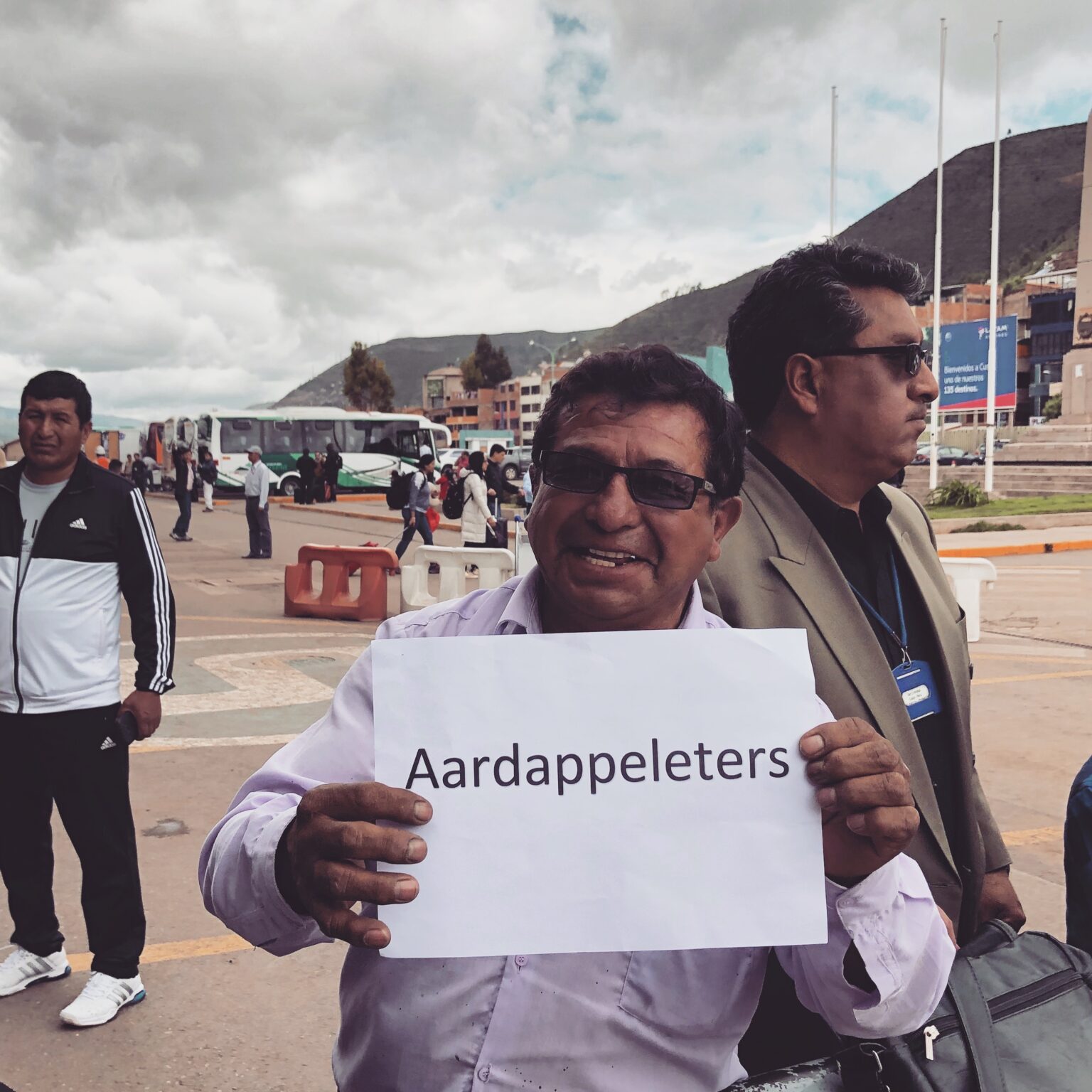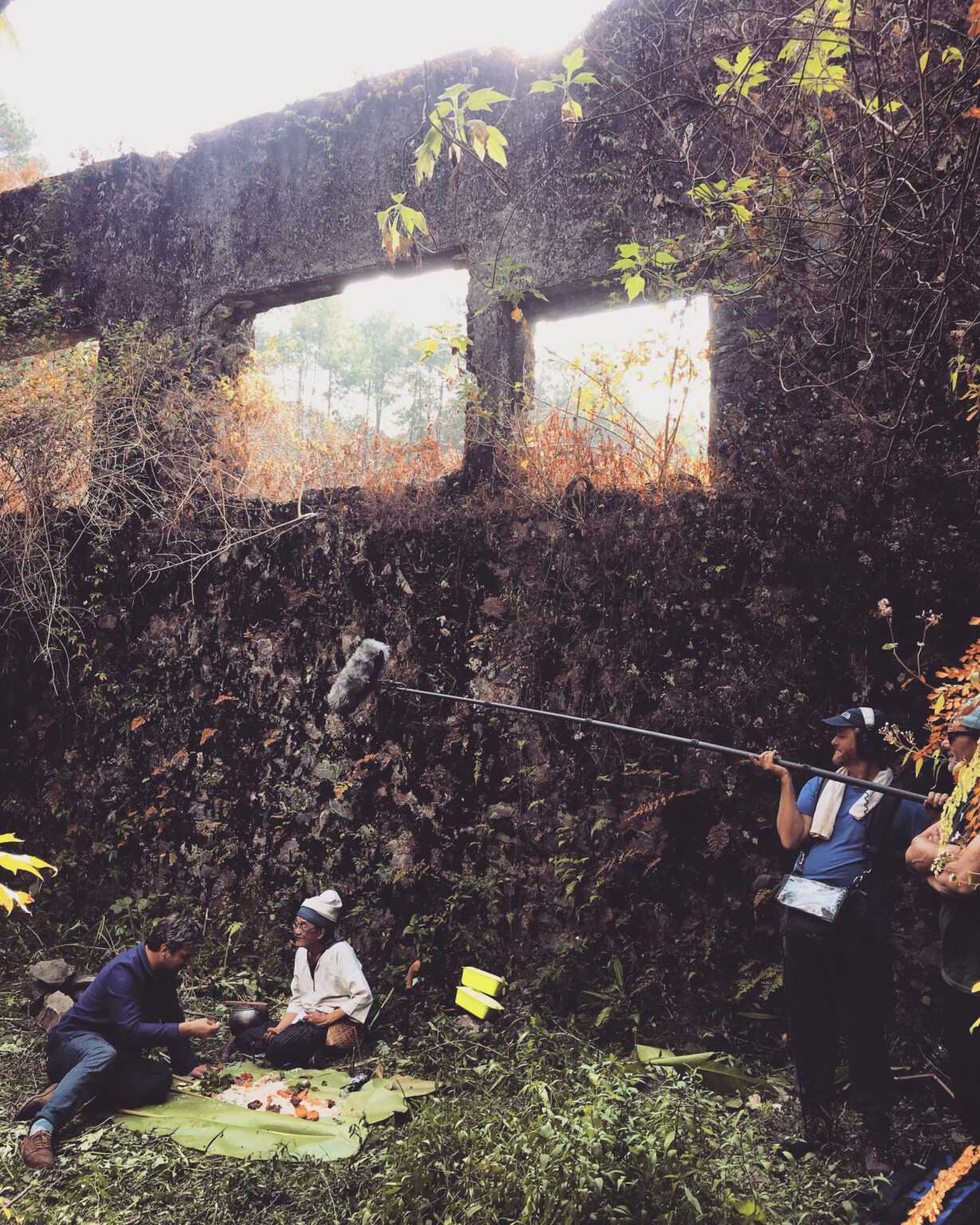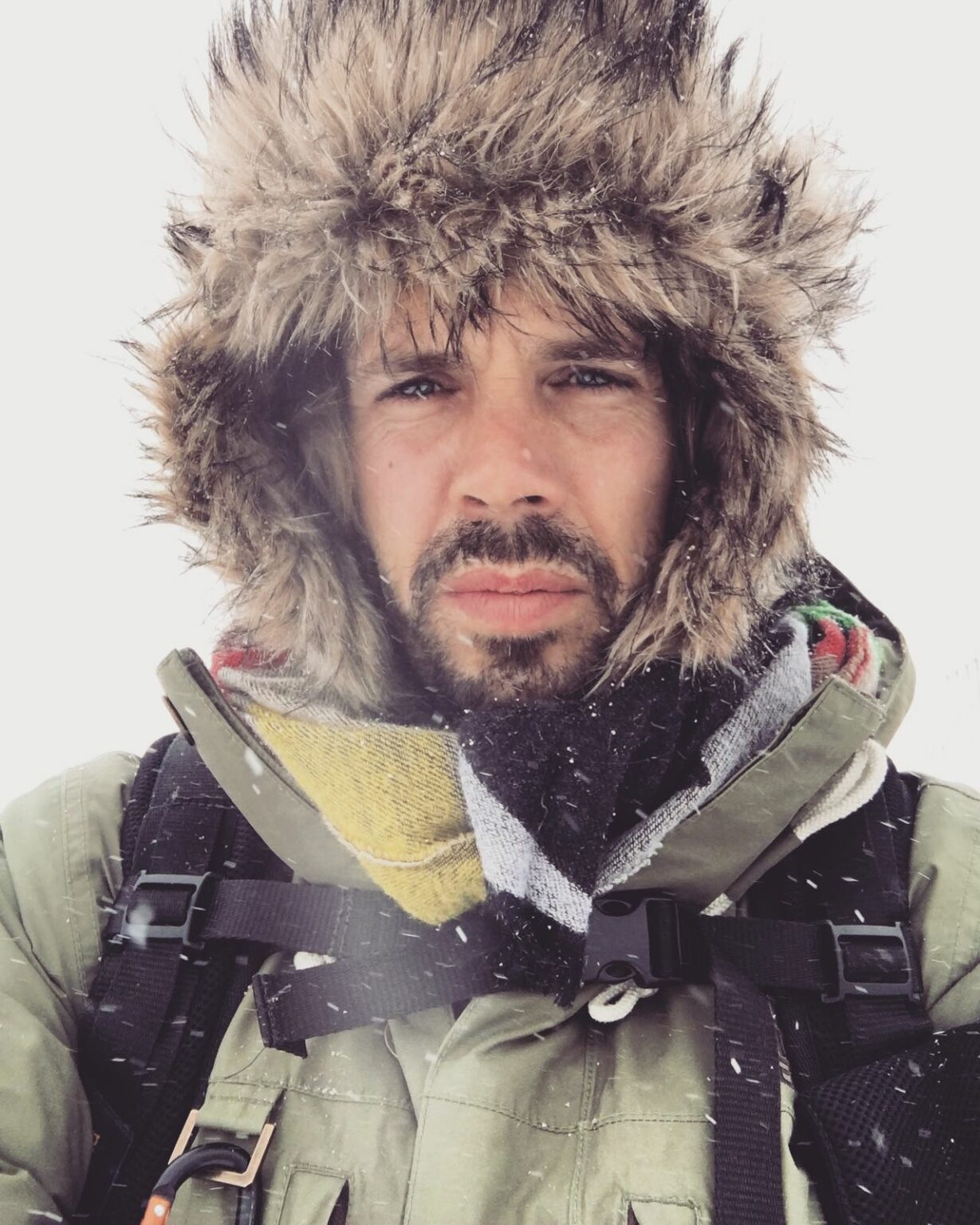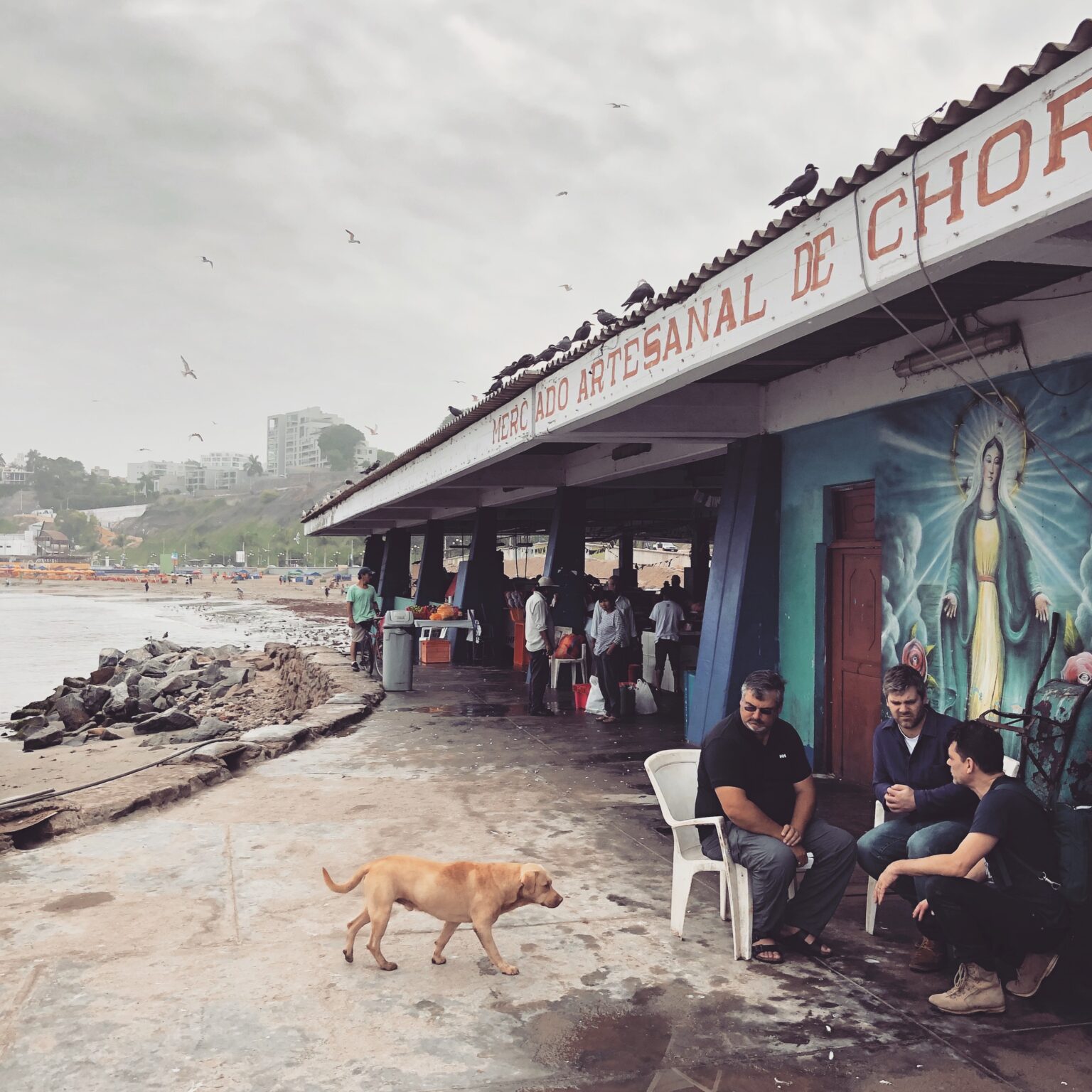The Potato Eaters
20 x 25 min // made for NTR // 2017 - 2020
Plus a 320 page book // published by Thomas Rap // 2021
20 x 25 min // made for NTR // 2017 - 2020
Plus a 320 page book // published by Thomas Rap // 2021
We learn it's not the ingredients that make the meal, but the stories. The most wonderful stories.
Sushi, schnitzel and steak; world-famous dishes which we eat every day, all around the globe. They are now so successfully integrated that we don’t remember where they came from. From babi pangang and spaghetti bolognese to roti and the Vietnamese spring roll. What is the origin of these dishes and why are they so famous?
In The Potato Eaters, the series and the book, we tell the tale of adopted dishes and follow chef and foodwriter Joris Vermeer as he illuminates the most amazing stories behind each plate.
From the Vienna schnitzel in Milan, which caused centuries of struggle in the Catholic Church, to the Peruvian ceviche for which we have to thank the Japanese.
The Potato Eaters takes you from a chain-smoking princess who guards the original recipe for Beef Stroganoff in Paris, to an Israeli snack-bar owner who got all of Amsterdam eating pork shoarma with garlic sauce; to abandoned Japanese fermenting cellars and mummies guarding schnitzels.
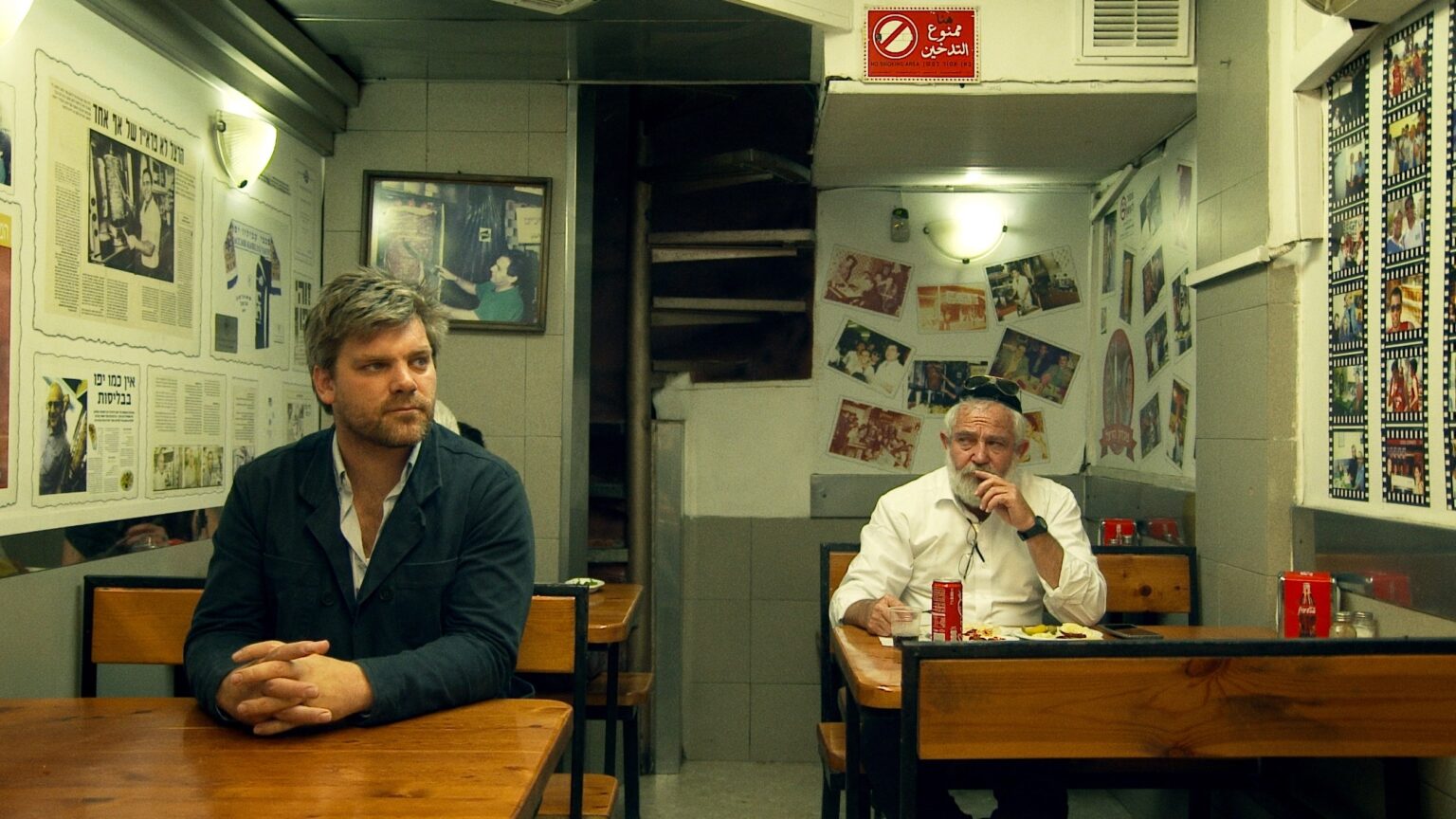


Joost Engelberts
& Bas Zwartepoorte
Joris Vermeer
Bas Zwartepoorte
Siebren Hodes
Else-Marie Rombouts
Roy Straatman
Pelle Asselbergs
Caroline Hoeberechts
Maurik de Ridder
Lennart Kleinen
& Alan van Ramshorst
KlevR
Maurik de Ridder

The book
The Potato Eaters
How twenty dishes conquered the world
Oftentimes a series, which we work on for months and sometimes even years, is aired in a few hours and then seems to fade away. To make something lasting, we decided to create a book in collaboration with publisher Thomas Rap. A book reviving the 20 dishes from our series. Something we always wanted to do, as this also gave us the chance to use all the research that never made it into the series in a different way.
We created new stories, along with photos taken by Bas during the many trips, columns by Joost and personal travel stories by Joris. A dream came true when artist and friend Emiel Steenhuizen created 20 illustrations for the book. 3 of them are available for sale as screen prints, in limited numbers in our shop.
The Potato Eaters made it to the top 10 on the longlist for the Golden Cookbook 2021.

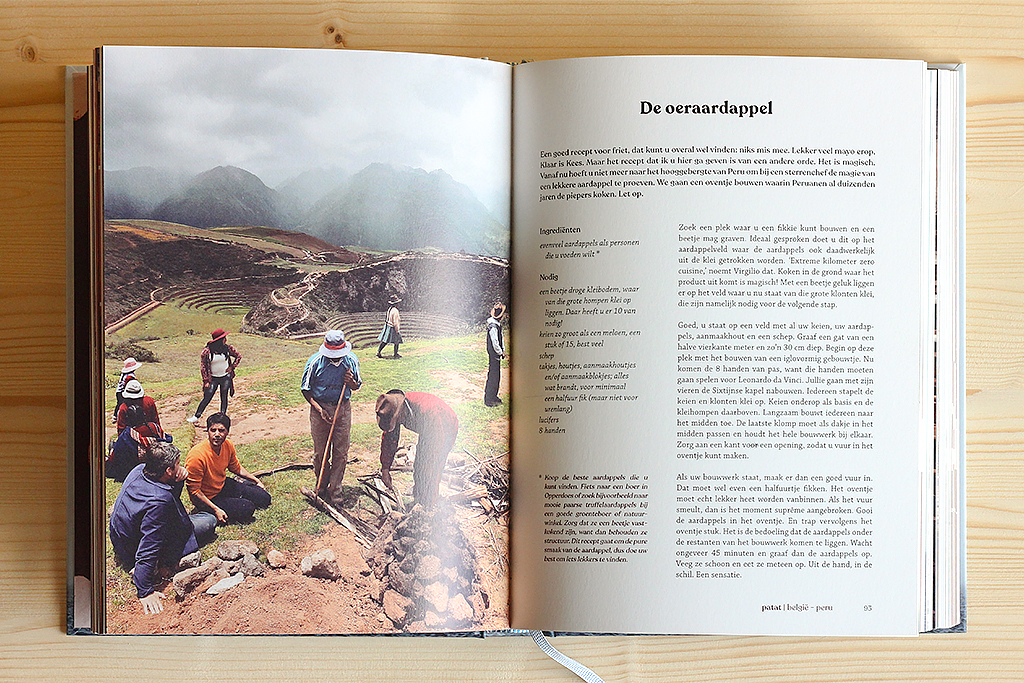
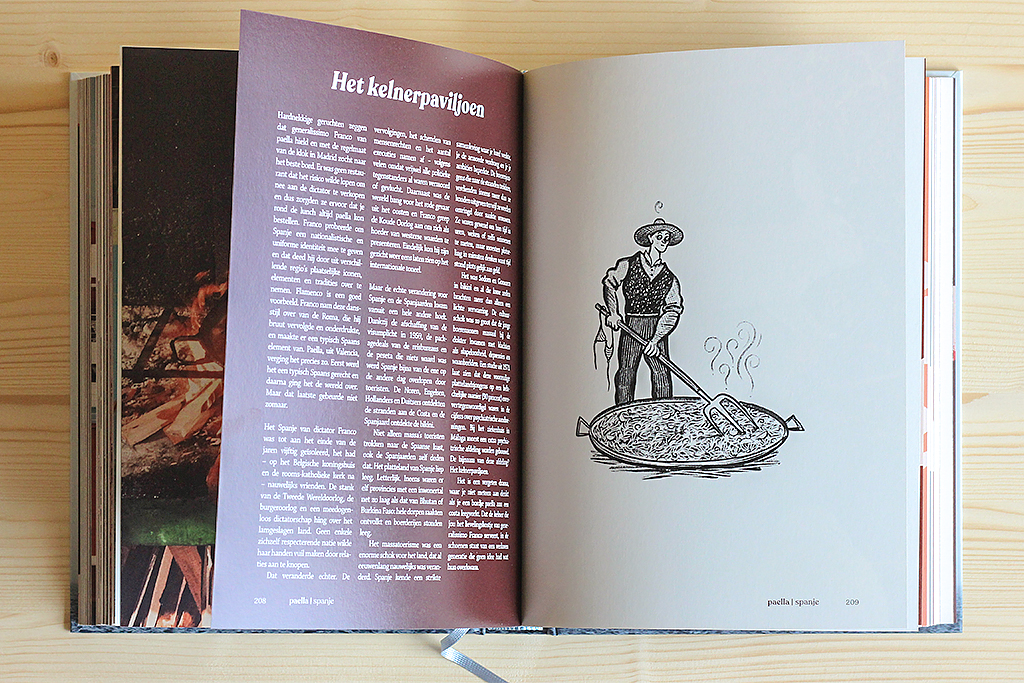
Joris Vermeer
Bas Zwartepoorte
Joost Engelberts
Laura van Rijs
Thomas Rap
Suzan Schapendonk
Jasper Henderson
Bas Zwartepoorte
Joris Vermeer
Yvette van Boven
& Kuniyoshi Ohtawara
Emiel W. Steenhuizen
Hiske Versprille
Oof Verschuren

Behind the scenes
a talk with creators Bas Zwartepoorte and Joost Engelberts
How did you end up working with chef and foodwriter Joris Vermeer?
(B): The friendship with Joris started because of a wrap-party for The Wild Kitchen. We wanted to eat at this well renowned restaurant, Aan de Amstel, owned by Dutch chefs Yvette van Boven and Joris Vermeer. That evening we talked with Joris and he told us he was such a fan of our programme; The Wild Kitchen. After this, me and Joost talked a lot about Joris and how we both felt he should be in front of our camera. It was clear that Wouter Klootwijk (The Wild Kitchen Godfather and host) wanted to travel less and Joris wanted to go on an adventure. So it seemed like a perfect fit. The next moment Joris sold his restaurant and we traveled to more than 25 countries within 3 years. And ever since, we are friends for life.
How do you decide on which dishes will be featured?
(B): A lot of times we let our own fascination for stories or places lead the process. We all really wanted to go to Japan together, so we had to make an episode about sushi obviously. But in the end, the best stories are leading obviously.
(J): Yes and at some point you hear that the mafia is active with the cheese trade in Switzerland and then you know you have to make an episode about cheese fondue. Sometimes you have a dish like Moussaka and you think: what sort of story can we derive from this? but you always find something that is special: for example that it’s a French dish originally. And then you can easily make a foray to the Greek salad, which is also just an invented tradition. So it’s part (deep) research and then just going anyway and see what you come across.
What are your favorite episodes and why?
(J): I think sushi is really cool because it originally means sour and it comes from freshwaterfish. All things that are at odds with what you think you know about sushi.My favo scene is Joris sitting at the table with the twelve pasta apostles. Or sitting in Moscow at the very famous restaurant The White Rabbit, eating the most expensive dish that doesn’t really taste that good; Stroganoff. Making the episode about cheese fondue was super exciting because Joris had to make cheese fondue on a mountain in a very thin jacket, and it was sooo cold I thought we would lose him.
And your biggest adventure?
(J): We were at a BBQ for three days with a one-legged veteran who served us barbacoa. Suddenly a mariachi band appeared out of a school bus, like it was a miracle box. With three days of sleep deprivation and too much alcohol, such a scene stays with you forever. But by definition, an adventure is no fun if you experience it at that moment. Adventures are always too much work, stressful and inconvenient. And especially when it is dangerous, it’s no fun. At that moment, you’re mostly shattered and too tired. But the next moment you can relax into the knowledge that something is going well; it’s the adventure that is starting.
So when are you in your element? What does that take?
(J): When we have prepared little to nothing and everything is open. When submarines, dense forests or tall towers are involved. When everyone prefers to stay inside because of bad weather. And it should definitely not get too big. If there’s too many people involved, you always lose what it’s about.
